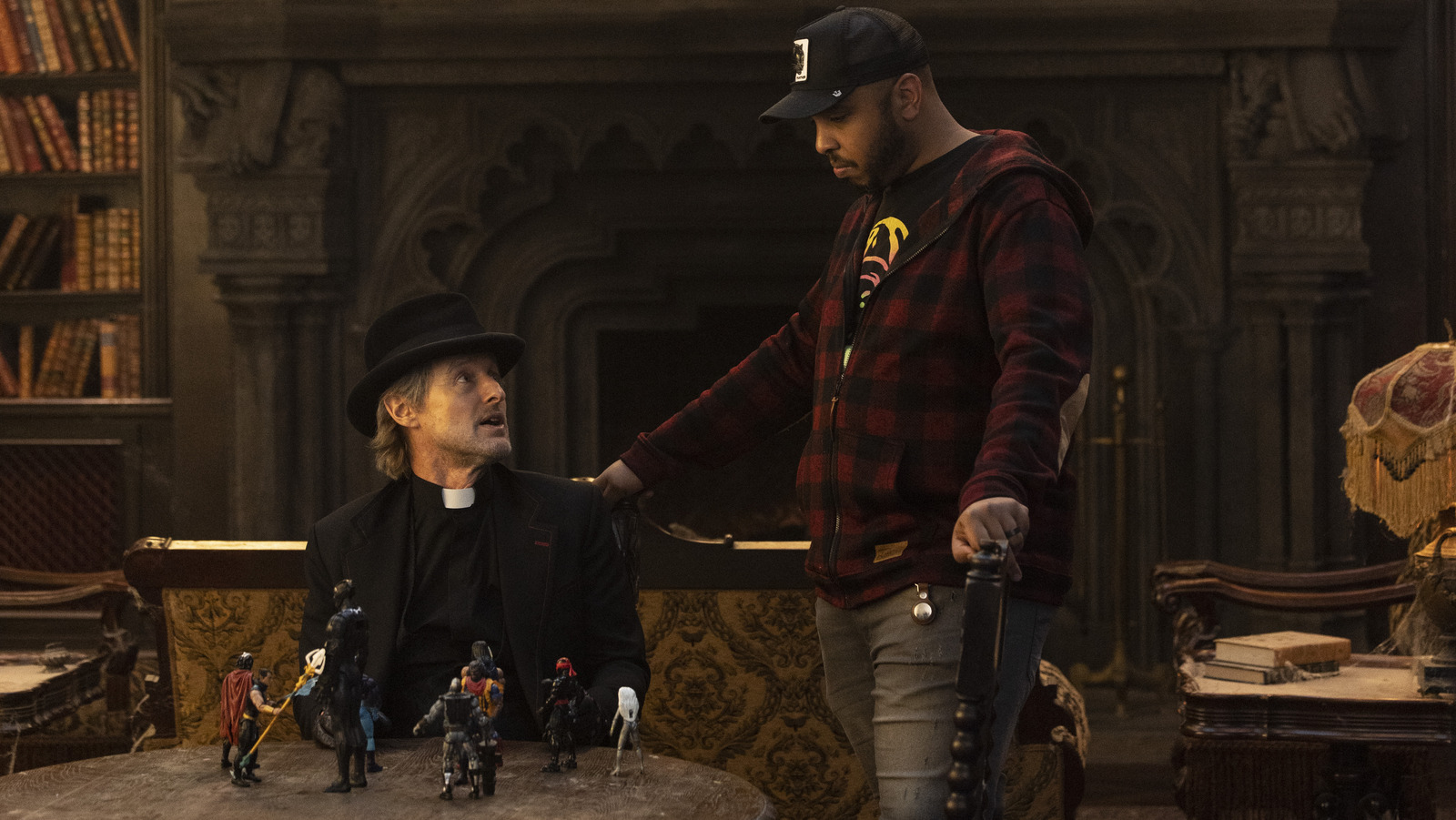[ad_1]

Disney has had all these various attempts to get the movie made over the years. What do you feel like you finally brought to the table that nobody else did and what was your pitch to the studio when you first joined?
Oh wow. Well, I don’t know if I can say what nobody else did. I’m dying to see Guillermo del Toro’s version of this movie, too. That was all before my time, but when I read the script by Katie Dippold — and part of why I’m doing press today is to talk about her, she’s a brilliant female writer who can’t speak for her work [due to the ongoing WGA strike] — that’s what made me say yes, and it did so many things right that I thought were important for me to try and protect as a director. Things that I knew could maybe get scrubbed away if it was someone else doing it. She really goes there in terms of grief and fear and also doesn’t pull any punches in terms of laughs, either.
I felt really protective of those elements and I was really turned on by it because, one, it’s an ensemble comedy that’s kind of shady and sarcastic and it Trojan Horses this whole other story about grief and loss, and that’s my bag. If you look at “Dear White People,” that’s what that is. It’s an ensemble comedy that Trojan Horses a lot of topics that, if it wasn’t a comedy, nobody would let us really talk about [laughs]. And then the other side of it is that, I’m kind of a Disney adult. I rode [Haunted Mansion] when I was a kid. I rode it over and over again as an adult. I worked at Disneyland. I was obsessed, from my filmmaker brain, obsessed with the Haunted Mansion because it’s production design, it’s movie, it’s cinema. Your eyes are being guided, it’s literal smoke and mirrors, it’s Pepper’s ghost effects, it’s the stuff of making a movie.
My last film, “Bad Hair,” is a horror movie. We shot it on Super 16, had all these practical effects that, oh, that’s the best [laughs], that is the best feeling. And so I wanted to take that love of practical effects, that love of how the ride was built, keep this thing from being CGI soup and demand certain things. Like, we have to incorporate Hatbox Ghost and we have to build these sets and no matter what happens, if it’s a ghost or if something’s flying through a wall, build the wall, put the ghost on that set! Let’s have physical things in-camera. That was super important to me.
And I’d say the other category was, I love Haunted Mansion, but the version of New Orleans that the ride is set in doesn’t look like the New Orleans that I know. My family is from Louisiana, I’m very familiar with New Orleans. It’s a very Black city and it’s a really important city, because it’s where jazz comes from and it’s where gumbo comes from. It’s where the best food in the country comes from. And the reason why is because you had Black people, the Spanish people, Native Americans, all of these people mixing and mingling and becoming rich and forming an aristocracy. And all these things happened in this part of the world before they went away for a bit.
And I thought, “Wouldn’t it be cool if we could really root the Haunted Mansion in real New Orleans?” If you do that, you really set up a movie where people can accept things like laughter and tears and all that stuff to live in the same place because that’s New Orleans, baby. People trying to survive and make life beautiful in a hot swamp [laughs] for a limited piece of time in history. I was really passionate about those three things and that seemed to be exciting to the gatekeepers that kept saying yes to me.
[ad_2]
Source link
![Haunted Mansion Director Justin Simien On His New Orleans Roots & Cinematic Influences [Exclusive Interview]](https://newsconscious.com/wp-content/uploads/https://media.npr.org/assets/img/2022/02/26/ap22056522780784_wide-b587d73541577a78d5cc0dd90c77e6f04dbf20fd.jpg?s=1400)
